Latin name: Murdannia
Category: annual and perennial herbaceous plants
Origin: Southeast Asia
Interesting and spectacular Murdania
Murdania (Murdannia) is represented in the Commelin family by a small genus. Fifty species of vegetation, represented by annuals and perennials, aquatic or swampy crops, fit into its composition.
The subtropical and tropical warm territories of the globe are a pleasant habitat for the murdania plant, where the murdania flower is found in large quantities in swampy areas and along the banks of waterways.
Residents of the countries of the East can contemplate murdaniya as weeds in a field where rice grows beautifully. Southeast Asia is considered the birthplace of Peking weed. You can still find this wonderful tropican in the temperate zones of North America.
With its interesting and unusual name, Murdaniya should be grateful to the outstanding Indian botanist Mardan Ali, who lived in the nineteenth century. His unsurpassed work on the study of the plant world in the Himalayas was very significant. In the botanical garden, which is located in North India near the town of Saharanpur, thanks to this specialist in flora and fauna, collections of many plants have been preserved. And the head of the botanical garden himself immortalized his name in the name of the genus in one thousand eight hundred and thirtieth year, the famous naturalist John Forbes Royle.
These tropical houseplants, which have the amazing name Murdania, have no less exotic relatives with picturesque charming multi-colored leaves - these are reo, zebrina, tradescantia.
Murdania flower is a rare and unpretentious fast-growing plant. It attracts attention with the beauty of its silvered leaves with the addition of fluffy voluptuousness. The size of the fastest growing plants can reach a height of ten to eleven centimeters.
These unpretentious indoor plants grow very well in width, form wonderful bushes. Interesting striping of leaf plates makes a houseplant with white-green leaves especially beautiful and decorative. Small white flowers periodically decorate the bushes.
Murdannia is considered the oldest easy-to-care plant. She is slightly poisonous. But despite this, even in ancient times, these fastest growing plants were often used by oriental physicians to treat various diseases. Its medicinal properties have a wide range.
Murdania is a part of medicines that perfectly cope with such complex human diseases as oncology, fungal diseases, various allergies, and inflammations. This unique culture is an excellent immunostimulant. The plant contains highly active antioxidants, due to which the aging of the human body occurs at a slow pace, has a beneficial effect on the liver, cleansing it of toxins.
These easy-to-care houseplants can be painlessly used throughout the year for disease prevention in the form of a tea. Peking herb can be used both fresh and dried.
Murdania views
Murdania Loriformis Bright Star
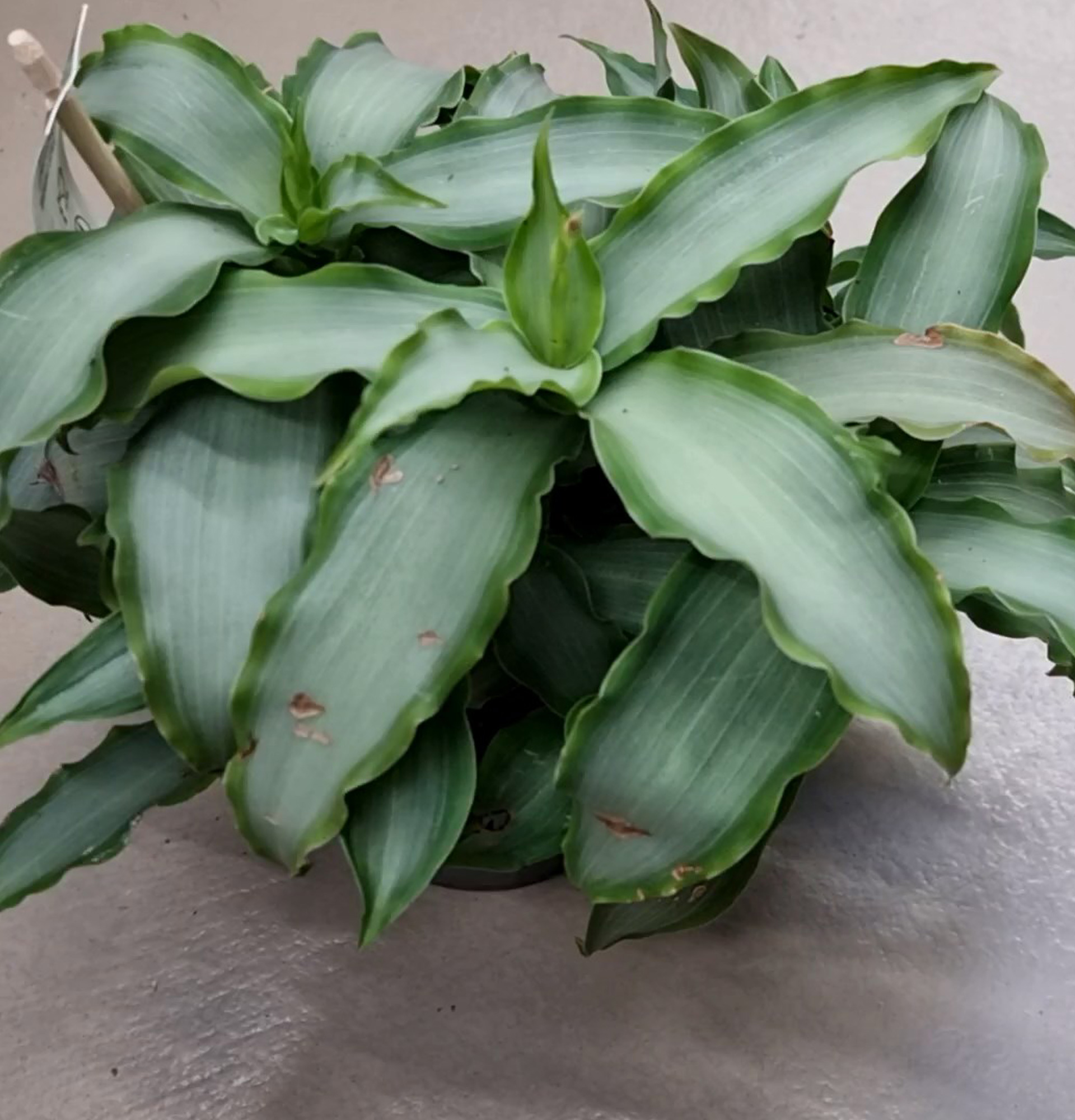 Beautiful, ornamental, interesting new species of murdannia. This miracle has many related similarities with the unsurpassed tradescantia. Unpretentious indoor flowers for the lazy can grow well, both in the shady range and in a brighter place.
Beautiful, ornamental, interesting new species of murdannia. This miracle has many related similarities with the unsurpassed tradescantia. Unpretentious indoor flowers for the lazy can grow well, both in the shady range and in a brighter place.
Bushes prefer wide flowerpots as they tend to spread in different directions. Can reach eleven centimeters in height. Perfectly decorates the interior of any territory with very beautiful silvery leaves. White, not very original flowers, nevertheless, bring their own zest to the decorativeness of Bright Star Murdania. Undemanding sansevieria, cyperus, the original beauty of dracaena will create a warm company and excellent neighborhood, thanks to which Murdania Loriformis bright star will look even more charming.
Murdania Pink
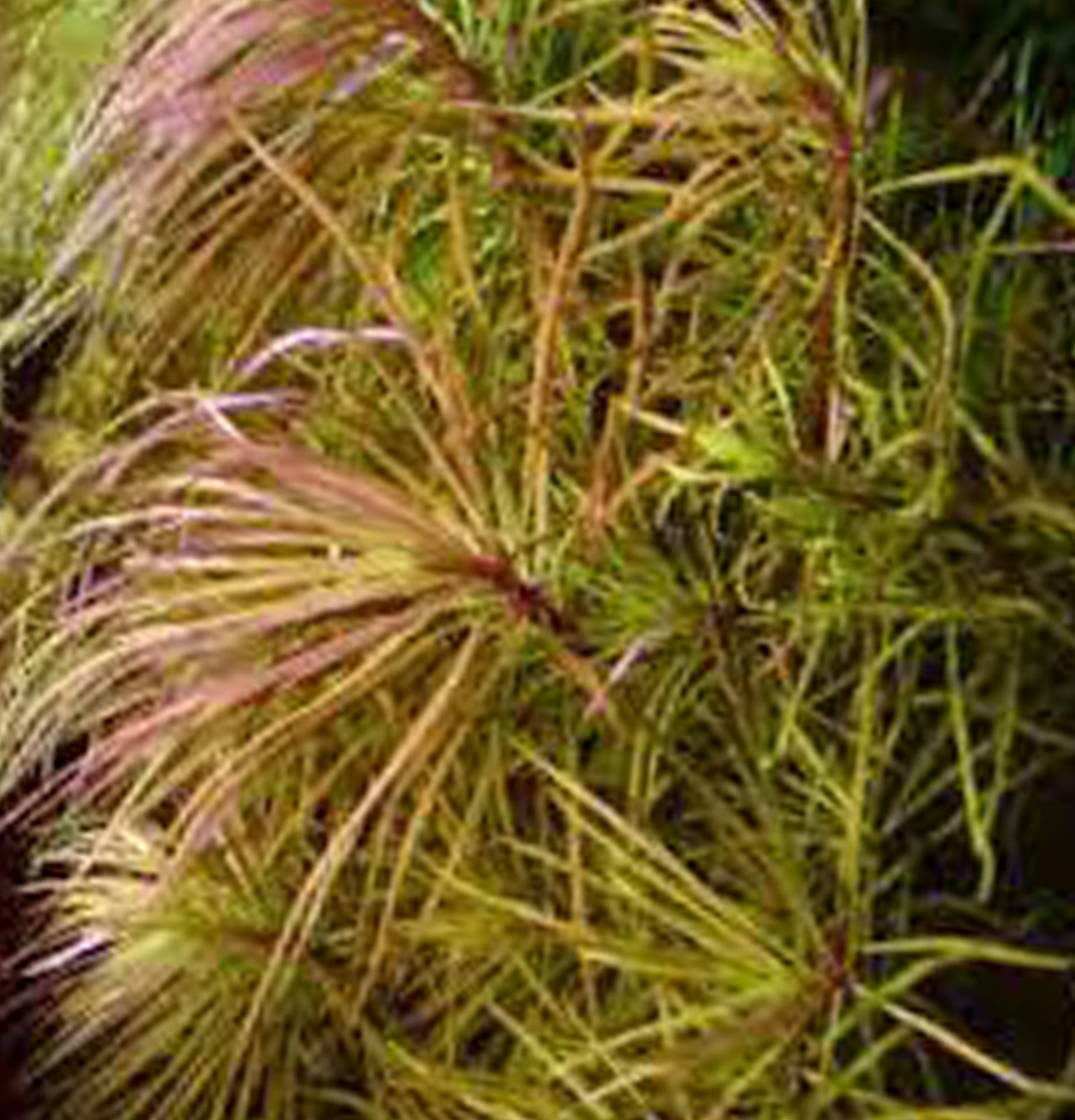 Southeast Asia is considered the native land for Murdania rosea. Favorable climatic conditions and wonderful territories where the banks of rivers and lakes, as well as rice plantations, are pleasant for her. In room conditions, it most often grows in aquariums.
Southeast Asia is considered the native land for Murdania rosea. Favorable climatic conditions and wonderful territories where the banks of rivers and lakes, as well as rice plantations, are pleasant for her. In room conditions, it most often grows in aquariums.
Very original fast growing houseplant. Murdania Pink has long, corrugated edges, greenish-red spear-shaped leaves. Leaf plates are alternately arranged on hard and fleshy stems. The bush can reach fifteen centimeters in height.
It looks very original at the forefront. In aquarium compositions it will be an excellent decoration of the second and third plan. For a comfortable state of water in the aquarium, it is desirable to maintain within 25-28 ° C with regular replenishment of CO2. Room murdaniya needs bright lighting, daylight hours should last about twelve hours.
Murdania home care
It is absolutely not difficult to grow indoor murdania at home or in an office environment. The main thing is to bring the wishes of the flower closer to natural conditions and then we will have an excellent lush and multi-colored miracle.
Choice of location and temperature
An unpretentious indoor plant will feel great on eastern windowsills. Intense diffused lighting will be pleasant for the growth of home murdania.
Bright sunlight can burn the leaf plates of murdannia.
Ideal temperature parameters for an undemanding houseplant would be 15-23°C. Drops below five degrees for the plant will not be comfortable. Such a situation must be excluded.
Murdania does not like drafts and frosts.
Humidity and watering
The flower does not present special requirements for air humidity. In the summer, you can occasionally pamper the plant with spraying. During flowering, the bush can not be sprayed. In winter, it is not advisable to place a flower near heating appliances.
Peking grass should be watered regularly. The frequency of watering must be regulated by the state of the soil mixture, which must be dried to a third of the volume of the flowerpot before watering. Abundant watering is desirable to produce warm, settled, soft water. The rest of the water must be drained from the pallet.
Do not allow water to stand in the pot.
Soil and its top dressing
The composition of the soil mixture of murdania loriformis does not particularly put forward requirements. All-purpose soil designed for leafy houseplants can be purchased at a flower shop. To make the soil more loose, it is advisable to add a little perlite. For inpidual preparation of the substrate, it is necessary to take leaf, sod, humus soil and sand in equal proportions.
Murdania needs to be fed with balanced fertilizers that are intended for indoor plants. Top dressing is combined with every fourth watering. In the autumn-winter period, we reduce top dressing to a minimum.
Murdania breeding
It is not difficult to propagate Murdania by piding the bush, planting inpidual parts in different pots and watering abundantly. It is easy to propagate the flower with cuttings planted in a peat-sand mixture. The shoot can be rooted in water.
Reproduction of Murdannia can occur both sexually and asexually. Here are the main stages of reproduction:
- Sexual Reproduction: Field reproduction occurs through pollination, when pollen grains containing male gametophytes are transferred from the stamen to the stigma of the flower. The gametophytes then move inside the pistil and fertilize the egg at the bottom of the pistil. After fertilization of the egg, the development of the seed begins.
- Asexual Reproduction: Asexual reproduction occurs through reproduction by vegetative means. In Murdannia this may be through propagation by stem cuttings or by piding the tubers that may form at the ends of the stems.
- Seed development: After fertilization of the egg, the development of the seed begins at the bottom of the pistil. The seed consists of the embryo and the nutrient tissue that provides nourishment to the embryo during its development. After the embryo is fully formed, the seed can enter the soil and begin to germinate, forming a new plant.
Murdania transfer
It is advisable to transplant the unpretentious houseplant murdania every two years into a wide flowerpot.
A good layer of drainage is a must.
Murdania pests and diseases
If the conditions for keeping an indoor flower are violated, unwanted guests in the form of scale insects or spider mites can visit it. If this misunderstanding is found, it is urgent to use insecticides.
Difficult Growing Moments
- The tips of the leaves dry out - the room is too hot and dry air, perhaps the plant is not watered enough.
- The leaf plates drooped and became soft - the plant does not have enough heat with high humidity.
- The houseplant grows slowly, the leaves become pale or turn yellow - there is a lot of light, the flower may have come under direct sunlight.
- New leaves grow small and pale - top dressing is necessary.
Murdania is slightly poisonous.
By fulfilling all the growing conditions, you can get a beautiful flower that will decorate the interior of any space, cheer you up and inspire creative moments with its chic look.
If you wish, you can get acquainted with other interesting indoor plants on the site, for this you need to open the catalog of indoor plants.




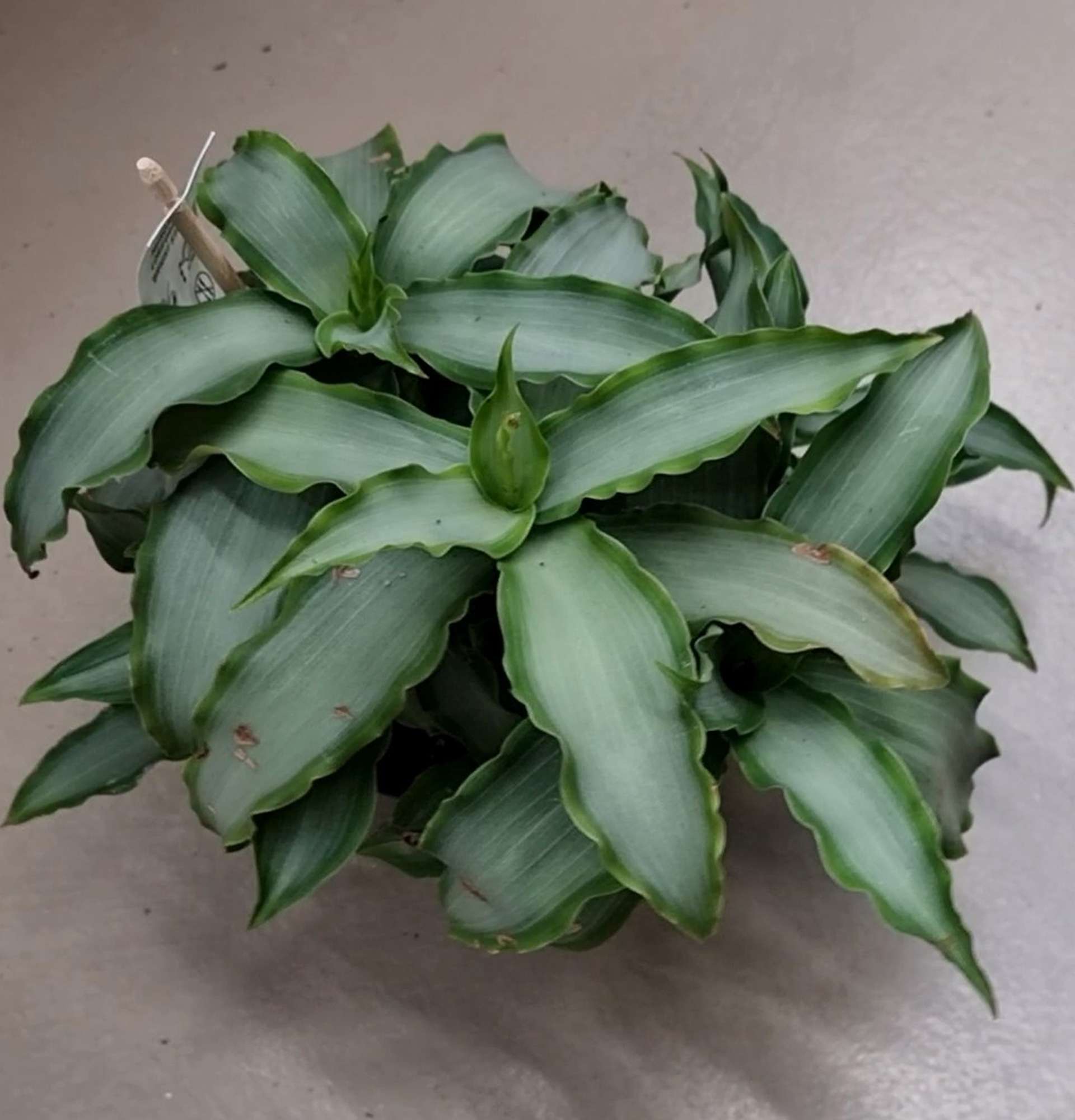










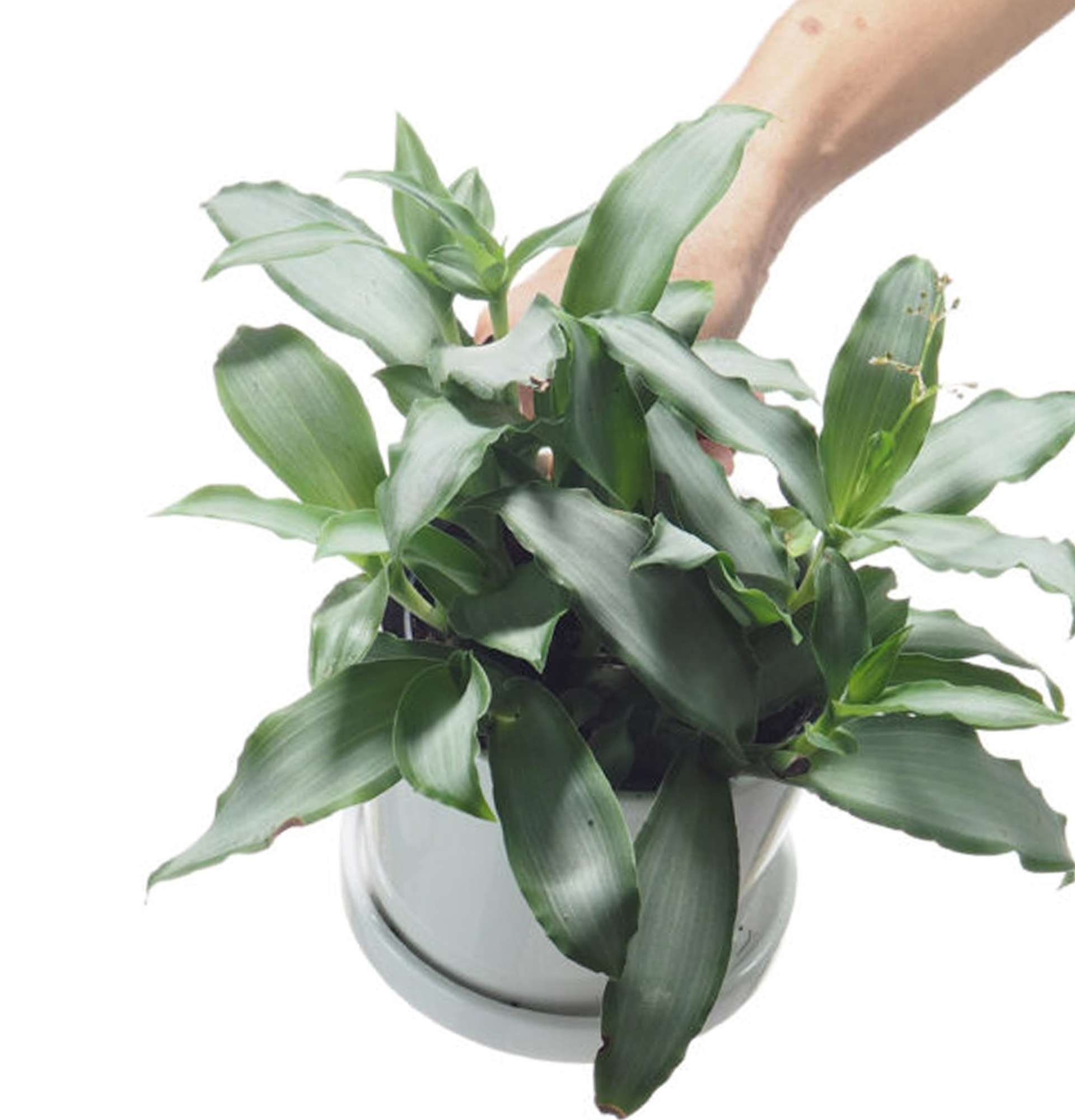
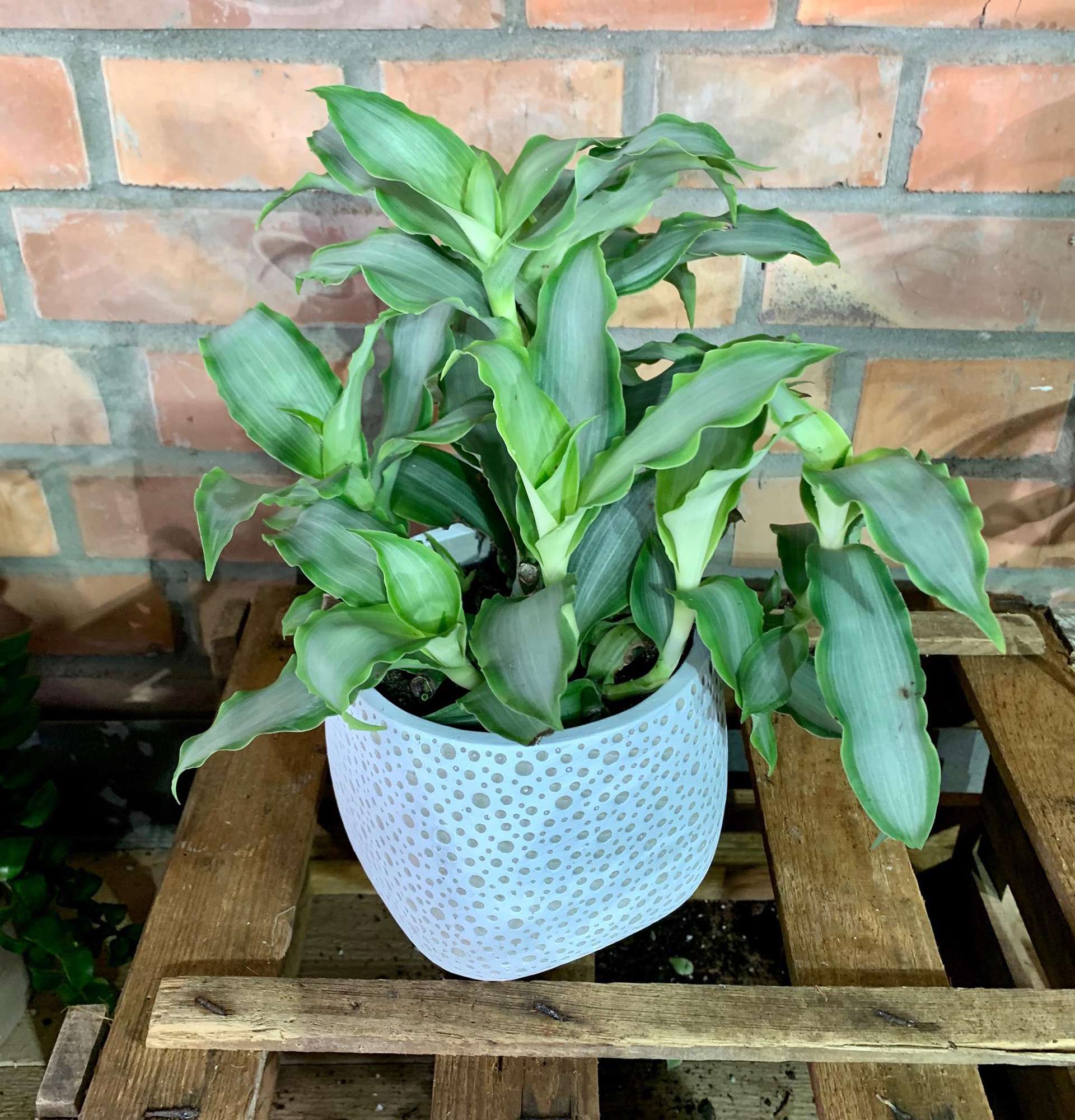
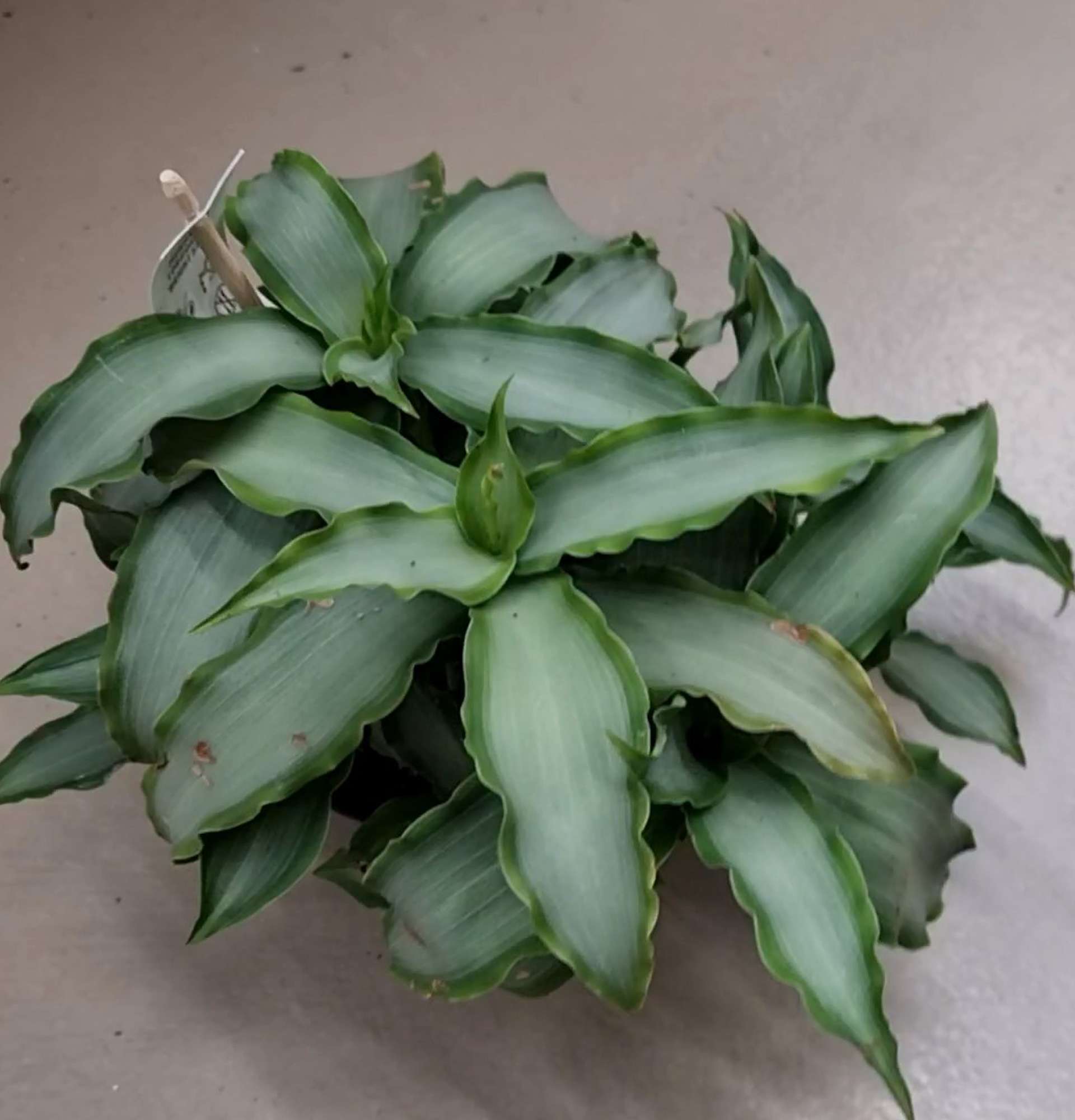
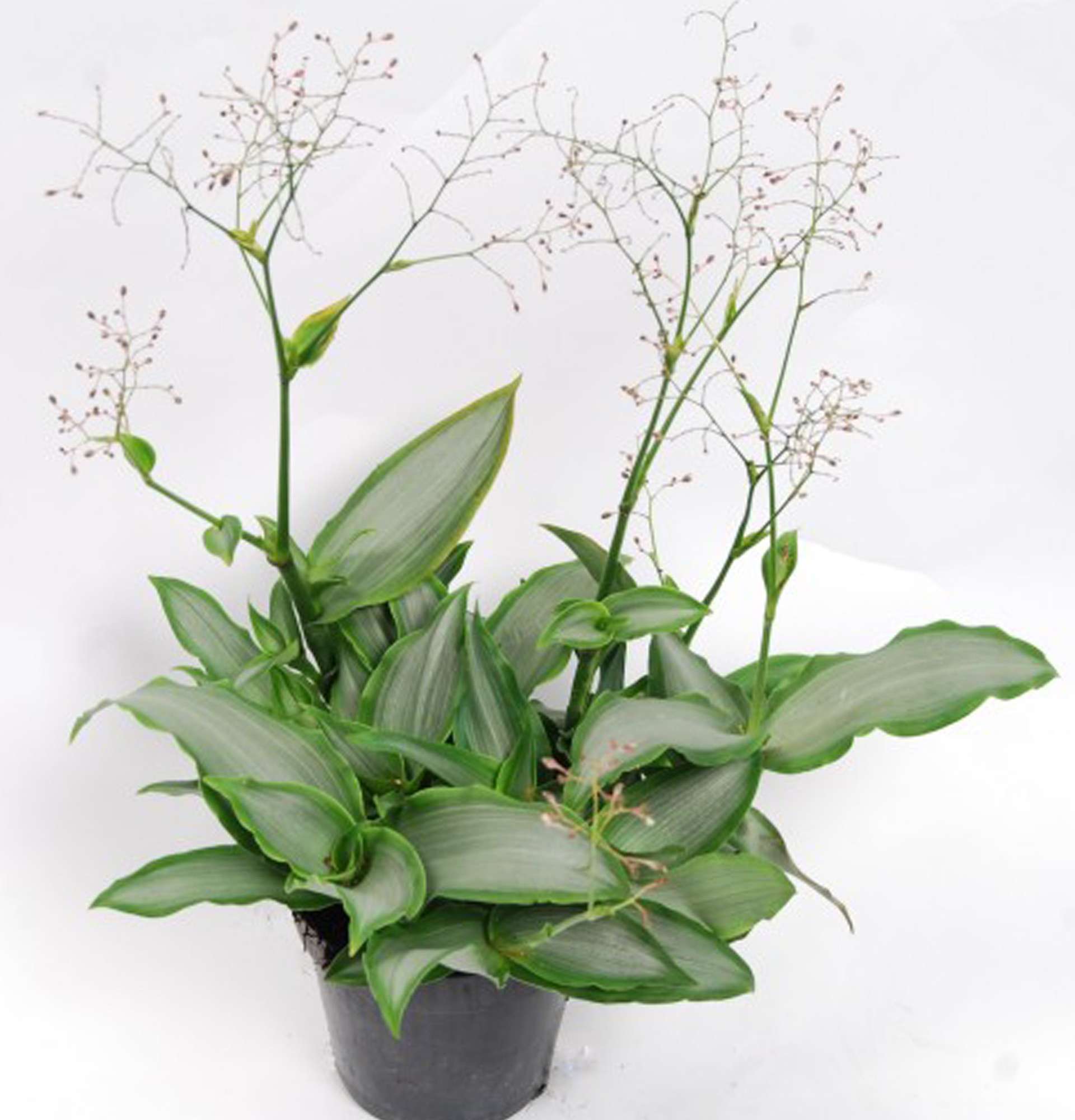
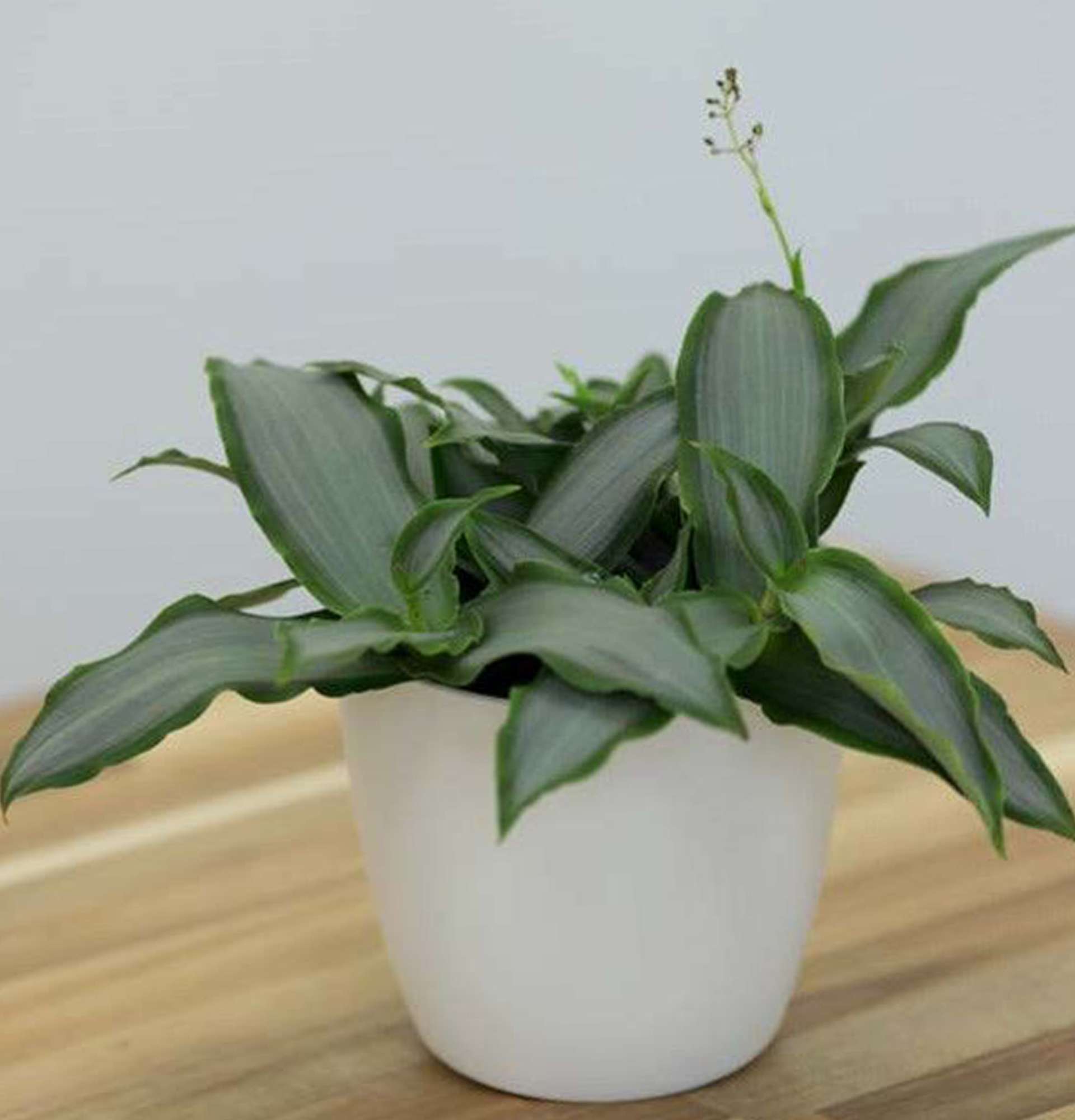
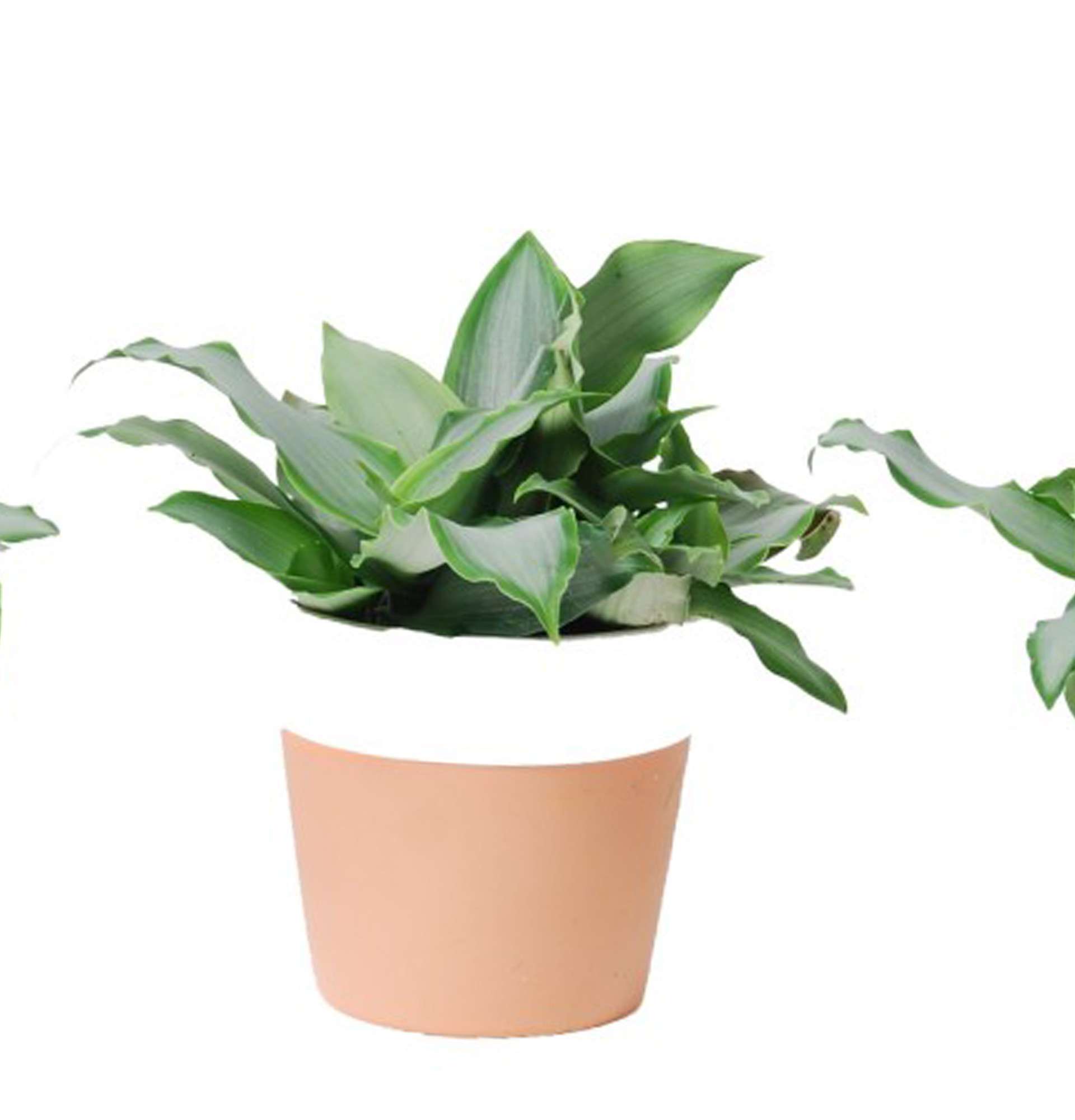
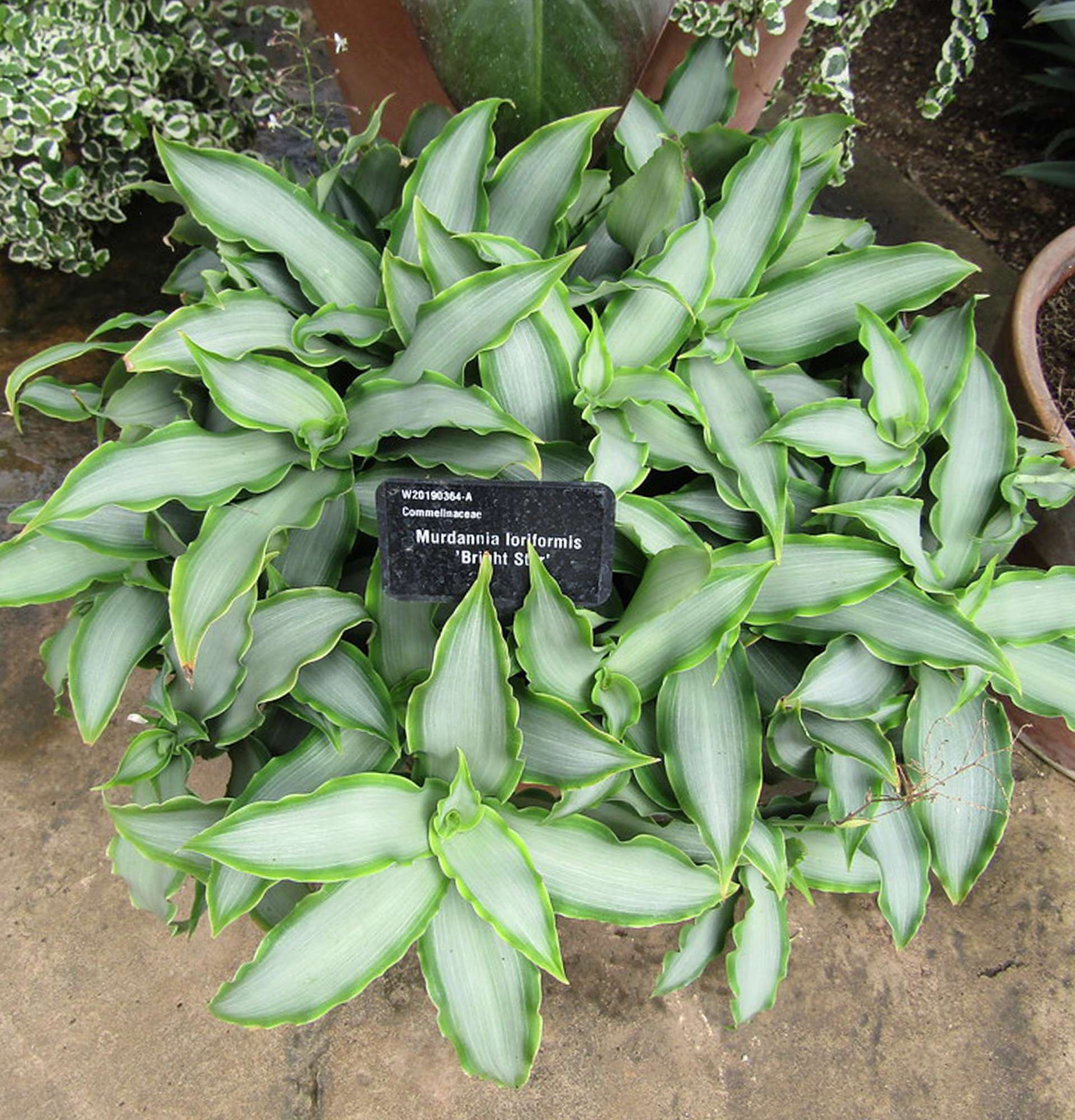
Write comments
Comments